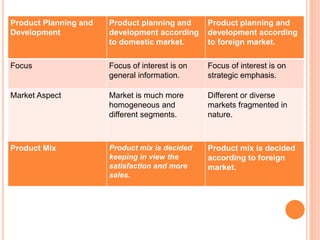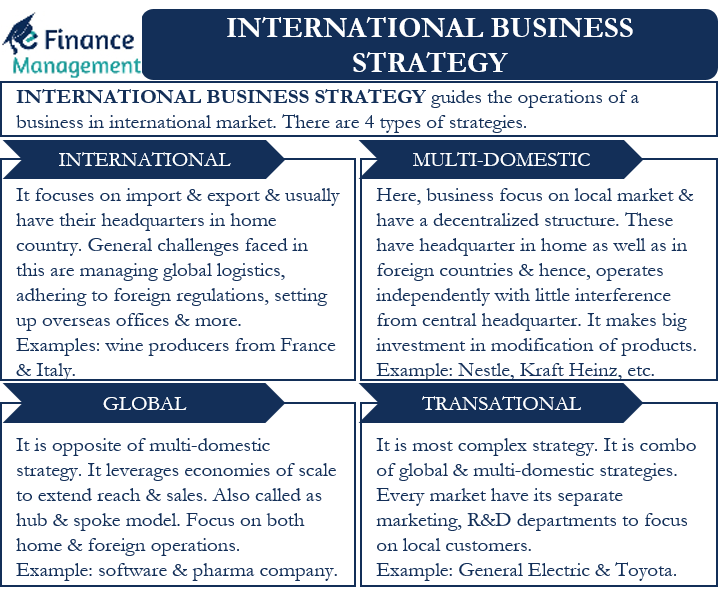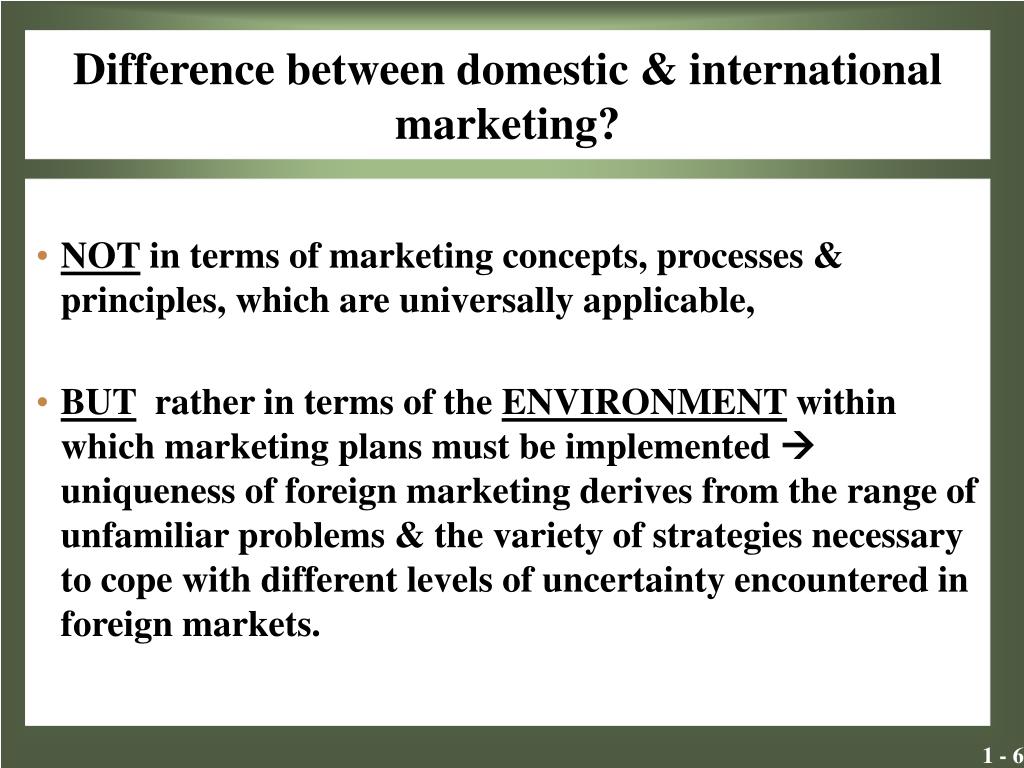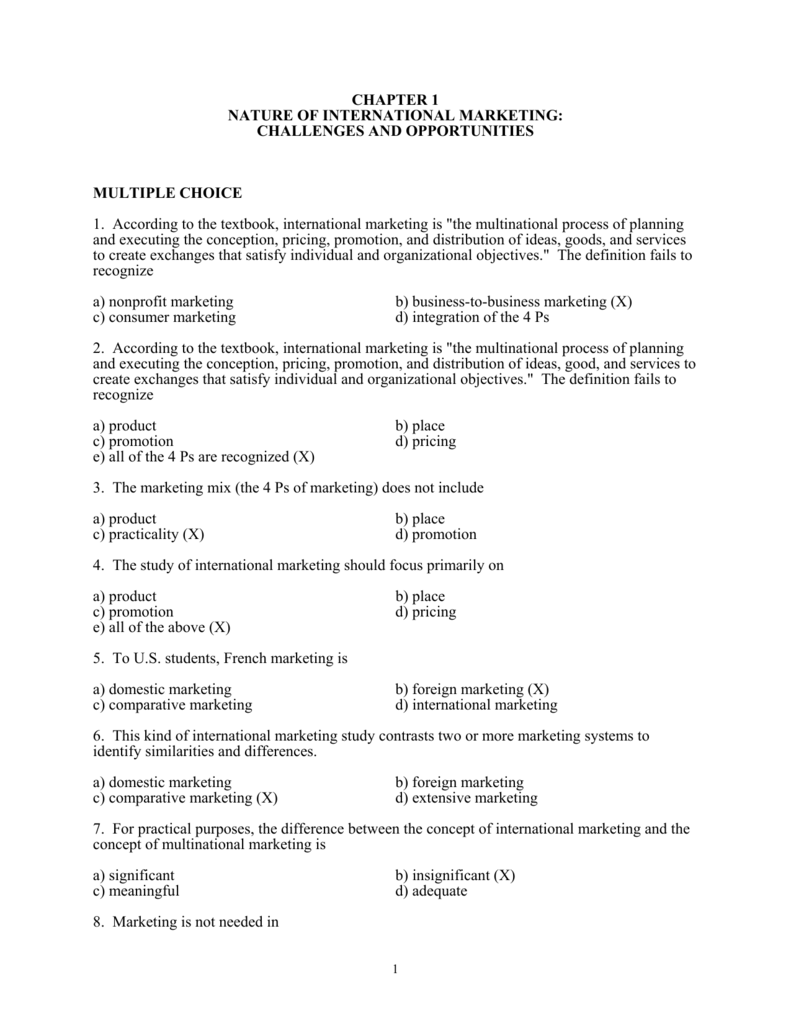Domestic and international marketing planning are two approaches to marketing that are designed to reach different types of customers in different locations. While both approaches involve similar elements, such as market research, target audience identification, and product development, they also have some key differences that businesses must consider when developing their marketing strategies.
One of the main differences between domestic and international marketing planning is the scope of the market being targeted. Domestic marketing planning focuses on marketing to customers within a company's own country, while international marketing planning involves marketing to customers in other countries. This means that international marketing planning requires a greater level of cultural sensitivity, as businesses must understand and cater to the preferences and expectations of consumers in different parts of the world.
Another key difference between domestic and international marketing planning is the level of competition that businesses face. In domestic markets, businesses may have a relatively stable and predictable level of competition, as they are competing with other businesses that operate within the same legal and regulatory framework. In contrast, international markets may be more complex and dynamic, as businesses must compete with a wider range of competitors that may have different strategies and capabilities. This can make it more challenging for businesses to develop effective marketing strategies in international markets, and may require a greater level of flexibility and adaptability.
A third difference between domestic and international marketing planning is the level of risk that businesses face. Domestic marketing planning typically involves a lower level of risk, as businesses are operating in familiar legal and regulatory environments and are able to more easily access resources and support. In contrast, international marketing planning involves a higher level of risk, as businesses may face challenges such as cultural differences, language barriers, and differences in legal and regulatory frameworks. This can make it more difficult for businesses to predict and manage their risks in international markets, and may require a greater level of resources and expertise to navigate these challenges.
Overall, while domestic and international marketing planning have some similarities, they also have significant differences that businesses must consider when developing their marketing strategies. By understanding these differences and being aware of the unique challenges and opportunities that each approach presents, businesses can effectively reach and engage with their target customers, whether they are located in their own country or around the world.







 (1).jpg)